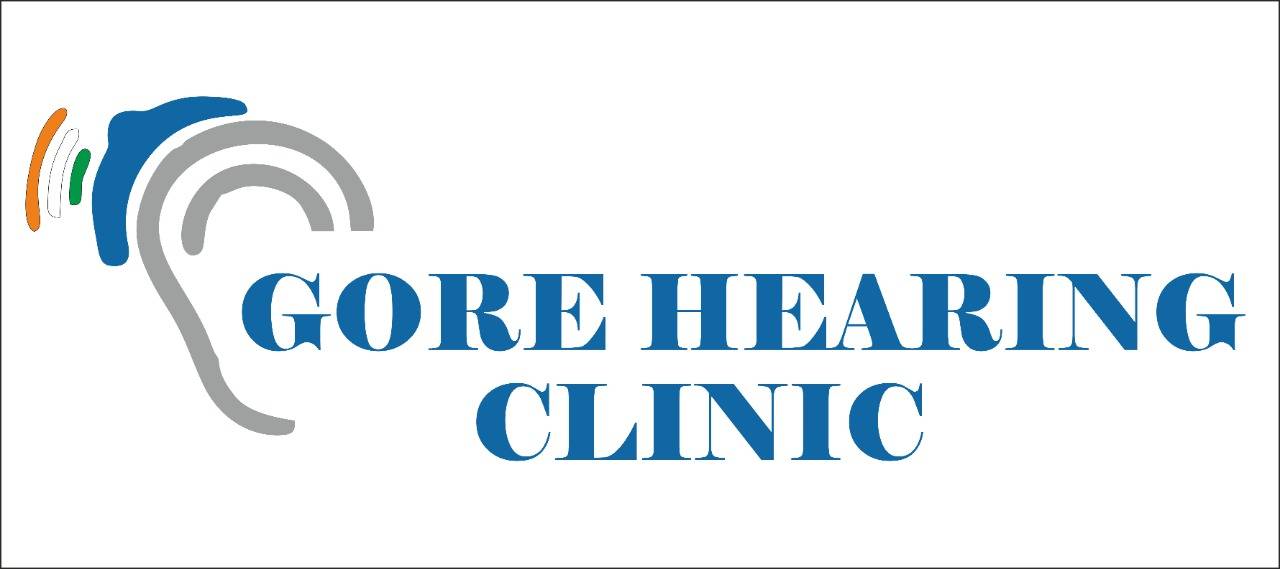In-The-Ear Hearing Aid

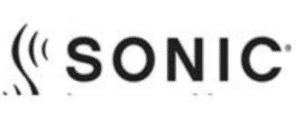

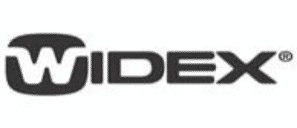
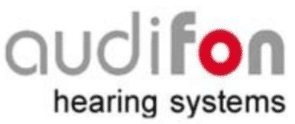

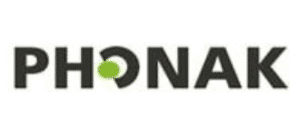
In-The-Ear-Hearing Aids
Hearing aids that entirely fit into the outer ear or in-the-ear (ITE) devices, are used for mild to severe hearing loss in order to boost a person’s confidence. Hard plastic makes up the casing that holds the electronic parts. A telecoil is one of the extra elements that may be placed in some In The Ear Hearing Aid. Instead of using the hearing aid’s microphone, telecoils enable users to receive sound through the circuitry of the device.
This facilitates hearing telephone calls more easily. In public spaces that have induction loop systems—special sound systems—installed, telecoils also aid with hearing. Several auditoriums, airports, schools, and churches have induction loop systems. Little children typically do not utilize ITE devices because they require frequent casing replacement as the ear develops.
Before using a hearing aid, it’s important to talk to an audiologist who can help you choose the best type of hearing aid for your specific needs. Also, it’s important to have regular check-ups with the audiologist to make sure the hearing aid is working properly and adjusted correctly.
Advantage Of In The Ear Hearing Aids
- Twin microphones provide significantly higher clarity in noisy environments, hence they should always be used.
- Due to the size of the aid, they might fit a loss that is more severe and could help for better hearing.
- Enhancing connections with loved ones: Your relationships with friends and family may suffer if you can’t hear them. Due to how loud the world is, having hearing loss might make it tough to enjoy being out and about. Relationship tension may result from this. It’s possible that you’re just overlooking important details, which could result in a complete misunderstanding.
- Lower danger of falls: An adult research study on hearing loss was recently conducted. According to the findings, those who wore hearing aids performed significantly better on balancing tests than those who did not. Research indicates that hearing aids can help reduce falls to a certain extent. This is most likely a result of the inner ear’s importance in maintaining balance in the body.
- To lessen tinnitus : The high-pitched noises connected to tinnitus can be diminished using hearing aids. Although hearing loss is typically accompanied by tinnitus, it would serve a dual purpose in this case. Hearing aids can be fitted with masking functions, making them perfect for treating tinnitus even if you do not have hearing loss
Our Products

Custom completely In-The-Ear hearing aid
Brand: Signia

Ready to use completely In-The-Canal hearing aid
Brand: Signia

In the canal hearing aid
Brand: Signia

Rechargeable In-The-Ear hearing aid
Brand: Signia

In-The-Ear hearing aid
Brand: Signia

Invisible In-The-Ear hearing aid
Brand: Signia
Frequently Raised Concerns
Many persons who have hearing loss initially become aware that they need to repeat things to their friends and family more often or that everyone else seems to be muttering. The first step in treatment is to have your hearing tested. To ascertain whether you have hearing loss and whether you may benefit from amplification, an audiologist will test your hearing.
Understanding speech can be significantly simpler with hearing aids. They don’t, however, help your ear return to its normal state of operation.
A hearing aid has a lifespan of five to seven years. For the correct operation and programming of your hearing aid, it’s crucial to schedule routine sessions. Hearing aids also come with a variety of warranties, usually lasting two to three years and covering loss replacement and repair. While some hearing aids may require reprogramming, repairs, or replacement after seven years, many are still operating effectively.
Lithium-ion rechargeable batteries or disposable batteries are both options for hearing aids (zinc-air). Patients can charge their rechargeable hearing aids overnight using a charger that connects to an outlet or a USB port that comes with them. If you select a model that requires disposable batteries, you may buy the batteries at the majority of pharmacies, grocery stores, and online merchants like Amazon.

